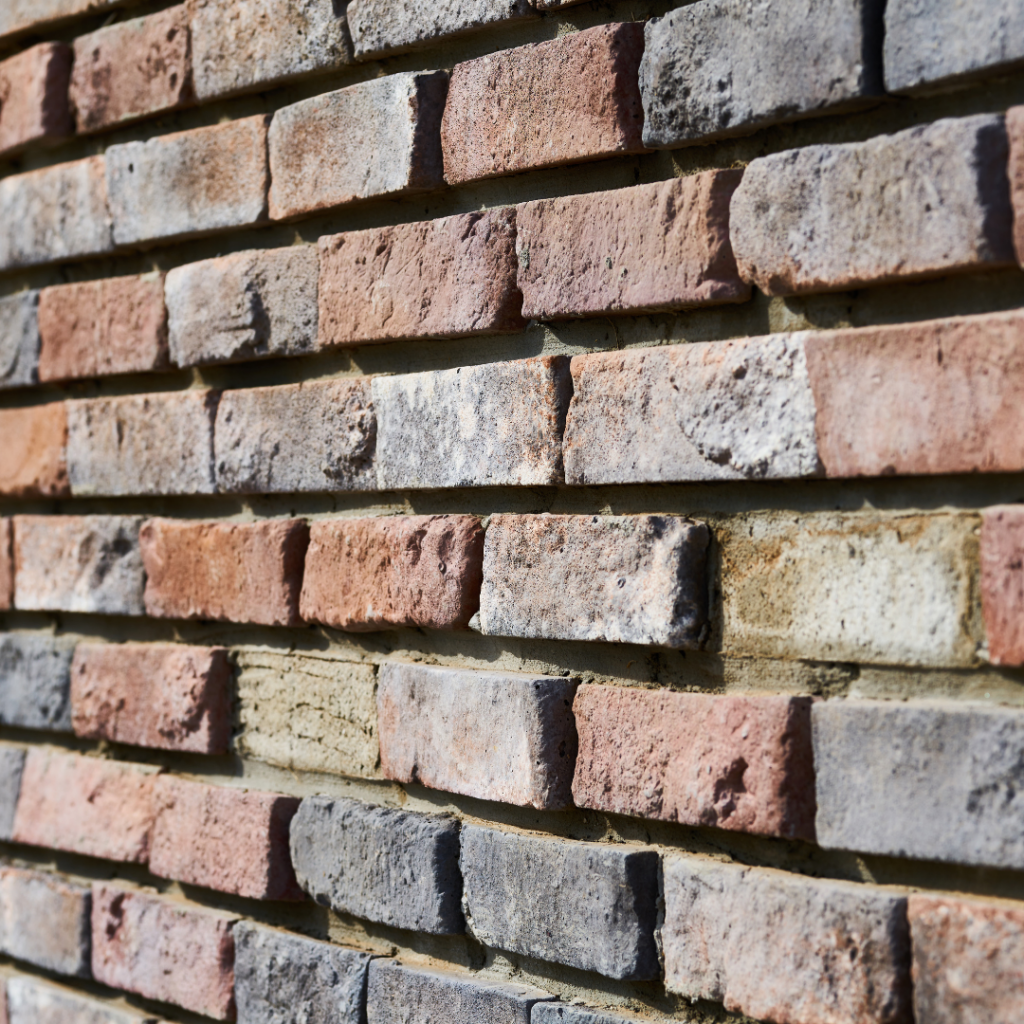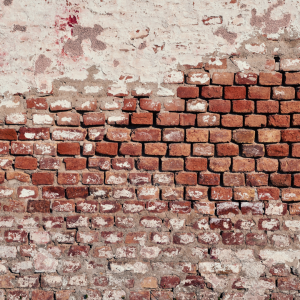Can You Reuse Bricks?

Re-claiming, cleaning, and reusing old bricks come with numerous benefits. The bricks tend to have an aged appearance that can add character to any new project. And this is not taking into account the monetary savings and the satisfaction of knowing you have helped save the environment.
Anyone can salvage old bricks from a wall for reuse. They don’t need to have vast construction experience, though it does help if one is handy and imaginative. On the other hand, caution is advised, as this job can prove to be extremely dangerous. However, reusing bricks is generally only done for DIY home projects. Professional tradesmen will always enlist the services of a reputable brick supplier such as Swansea-based The Brickyard. The reason for this is that clients and customers alike expect a certain standard of quality and for the materials being used to be brand new.
A Step-by-Step Guide to Reusing Old Bricks
Exercise Safety First
 Depending on the height of your wall, the process of dismantling it can prove dangerous, hence the need to exercise as much caution as possible. Before you can dismantle it, select a person who possesses some expertise in the construction field.
Depending on the height of your wall, the process of dismantling it can prove dangerous, hence the need to exercise as much caution as possible. Before you can dismantle it, select a person who possesses some expertise in the construction field.
You should then confirm that you have enough people to dismantle the wall. All individuals who are to help with the dismantling process should be advised on what to do and be appropriately managed.
Dealing with collapsing walls, falling bricks, and interacting with acids is a dangerous business. There’s a need to approach it with as much caution as possible.
Disassemble the Brick Wall
There are two types of dangers to look out for, depending on the height of your wall:
If the wall is shorter than your waist, be on the lookout for falling bricks
For walls taller than the waist, the most significant hazard they pose is collapsing
The key to properly dismantling an old brick wall lies in knowing where to start. Ensure you begin at the top and slowly remove one brick at a time. Your movements should be horizontal, allowing you to travel through the entire top course of the bricks.
Drop down to the following course once the uppermost course is removed. You should never start at the bottom of the middle section when dismantling a wall. It’s possible to have multiple people dismantling the wall, provided they are all working on the same course.
Chipping the Mortar
You need to remove the mortar present on the brick to make sure the new mortar will stick to it. Use a brick hammer to chip off the mortar. Ideally, you should use an eight-inch long hammer with a head and a one-inch curved tapered surface on one side and a square surface on the other side.
The striking surface should be used to batter the mortar clumps, with the tapered end being used to scrape off any mortar remains. Soak the old bricks in water to loosen any stubborn mortar before you resume the chipping process.
Acid Bath
It’s always hard to remove mortar from bricks that have been in place for many years. In such cases, the only viable solution is to soak the old bricks in a solution prepared using one part of HCL (hydrochloric acid) and twenty parts water.
Hydrochloric acid is quite dangerous, and as such, you should exercise safety precautions at all times. For this, you will need:
• A long non-porous apron with the right amount of thickness
• Elbow-length rubber gloves
• A respiratory mask
• Safety goggles
Before you can prepare the solution, take the bottle and go through the label instructions carefully. Ensure you’re well-versed with the Material Safety Data Sheet. Pets and children should stay as far away from the project area as possible.
Once the solution is ready, allow the bricks to soak for approximately sixty minutes. Use the hammer to chip away at the mortar. The remaining mortar can be scrubbed away using a stiff wire brush.
What to Do with the Old Bricks
Reclaimed bricks are an ideal solution for a person looking to create a garden feature, refurbish a garage or shed, or repair an existing wall. When you’re done cleaning the old bricks, there’s no reason why you should leave them lying around your property.
Consider using them in the following ways:
To Create a Beautiful Brick Path
Brick paths can either be temporary or permanent. Depending on the property layout, they can meander across the garden or be straight. You can combine brick colors to build a classical or contemporary brick path.
Although the brick path laying process isn’t complicated, you’ll need some cement if you hope to create a permanent base. Additional materials needed will include wooden stakes and some sand.
Garden Bench
Every garden needs a seating area, and a garden bench is exactly what you need. Using a combination of cement and mortar can enable you to build a permanent garden bench. Failure to use mortar during the construction will cause the bench to collapse and shift locations.
Built-In Barbeque
A garden barbeque allows you to increase the amount of livable space at your disposal. Using the bench, you get to prepare food outdoors and enjoy it with your friends and family. Creating a built-in barbeque using salvaged bricks means you can dictate its size and dimensions.
You also get to choose where to build it and the style to follow during construction.
Edging Your Flowerbeds
It’s possible to sharpen your garden design by using the reclaimed bricks to edge the flowerbeds. Place them along the edge to create a border between the grassed lawn and the earth flowerbeds. Edging allows you to keep the mulch and soil away from your lawn.
Conclusion
As explained above, it doesn’t take much to reclaim old brick walls. However, you have to exercise safety and caution during the dismantling process. Once dismantled, the bricks can be used in a variety of ways.